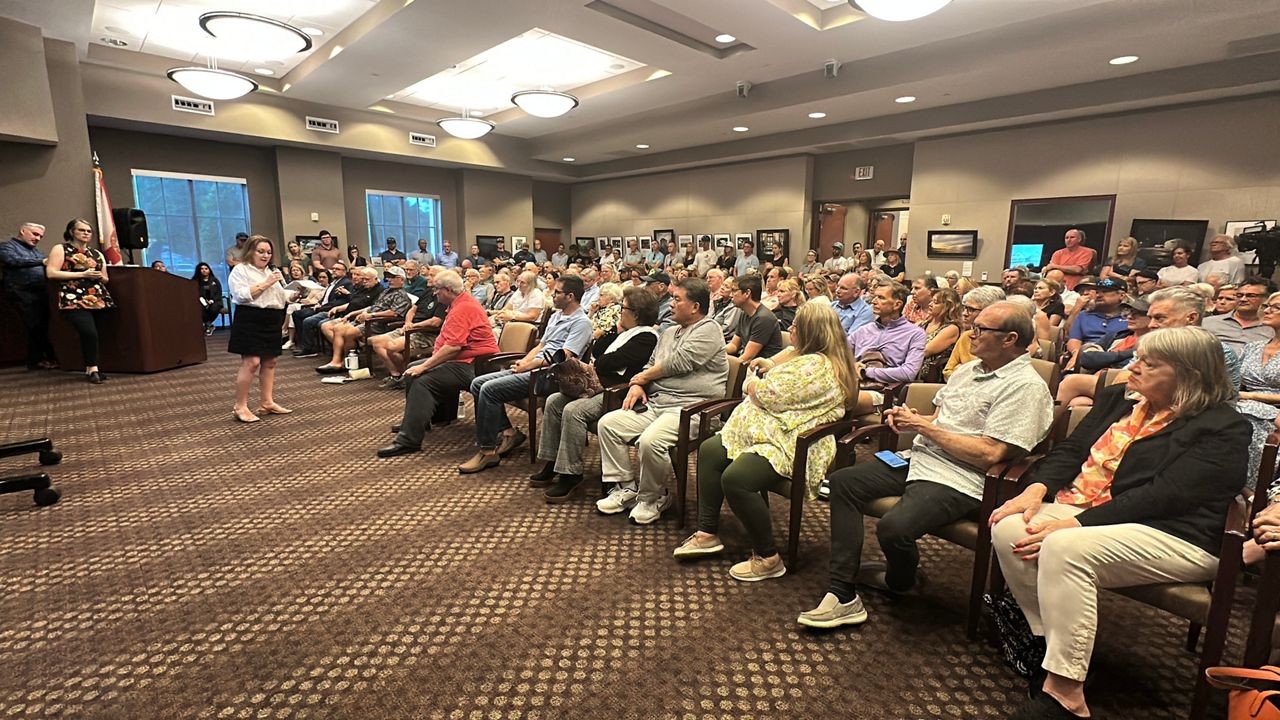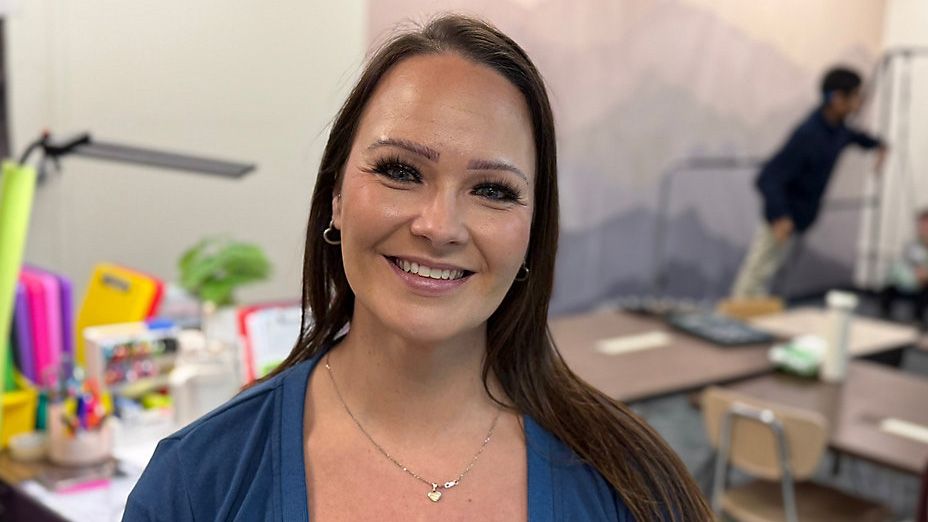ORLANDO, Fla. — While thousands of people will take to the streets of Orlando for a New Year’s celebration, hundreds of others will be walking the streets looking for a place to sleep.
According to the Homeless Services Network of Central Florida, over 1,000 people will be without a place to live in Orange, Osceola and Seminole counties as 2024 comes to an end.
Homeless Services Network CEO Martha Are says there’s a growing number of seniors and families ending up on the streets of Orlando, and says the lack of affordable rent is the primary cause.
“Unfortunately, we see it at both ends of the age spectrum. Young children and senior citizens,” said Are.
The CEO says the nonprofit has spent nearly $25 million in 2024 to help the homeless around Central Florida, yet more is needed.
“The need is so much greater. Our community is still not scaled up to what the need is,” said Are, walking the streets on New Year’s Eve.
Are says the primary cause of homelessness in Florida is affordable housing.
“It’s often related to folks with fixed income, rents go up, they can’t pay the rent, and they find themselves becoming homeless.”
According to a study by the U.S. Department of Housing and Urban Development homelessness is up 18.1% across the country in 2024.
The study found that more than 770,000 people were counted as homeless — a number that misses some people and does not include those staying with friends or family because they do not have a place of their own.
For three years, Moses Blakes has been living on the streets of Orlando and says it’s difficult these days.
“it’s not easy. It’s not easy at all. You get off in one spot, you got people come tell you, at 11 o’clock at night, you have to pack up and leave,” said Blakes.
The 73-year-old spends his days pushing everything thing he owns down the streets looking for a place to sleep each night.
He says rents are simply unaffordable for him.
“The places I’m trying to get into, they want $700 to $800 dollars a month,” said Blakes
Blakes says he gets $280 dollars a month of state assistance, all of it going to food, shelters and motel stays for him.
The HUD study shows that California, the most populous state in the U.S., continued to have the nation’s largest homeless population, followed by New York, Washington, Florida and Massachusetts.
The Homeless Services Network of Central Florida will also be conducting its annual Point-In-Time Count at the end of January.
It's an annual “census” of Central Floridians who are homeless.
To sign up to volunteer for the Point-In-Time Count, click here.











